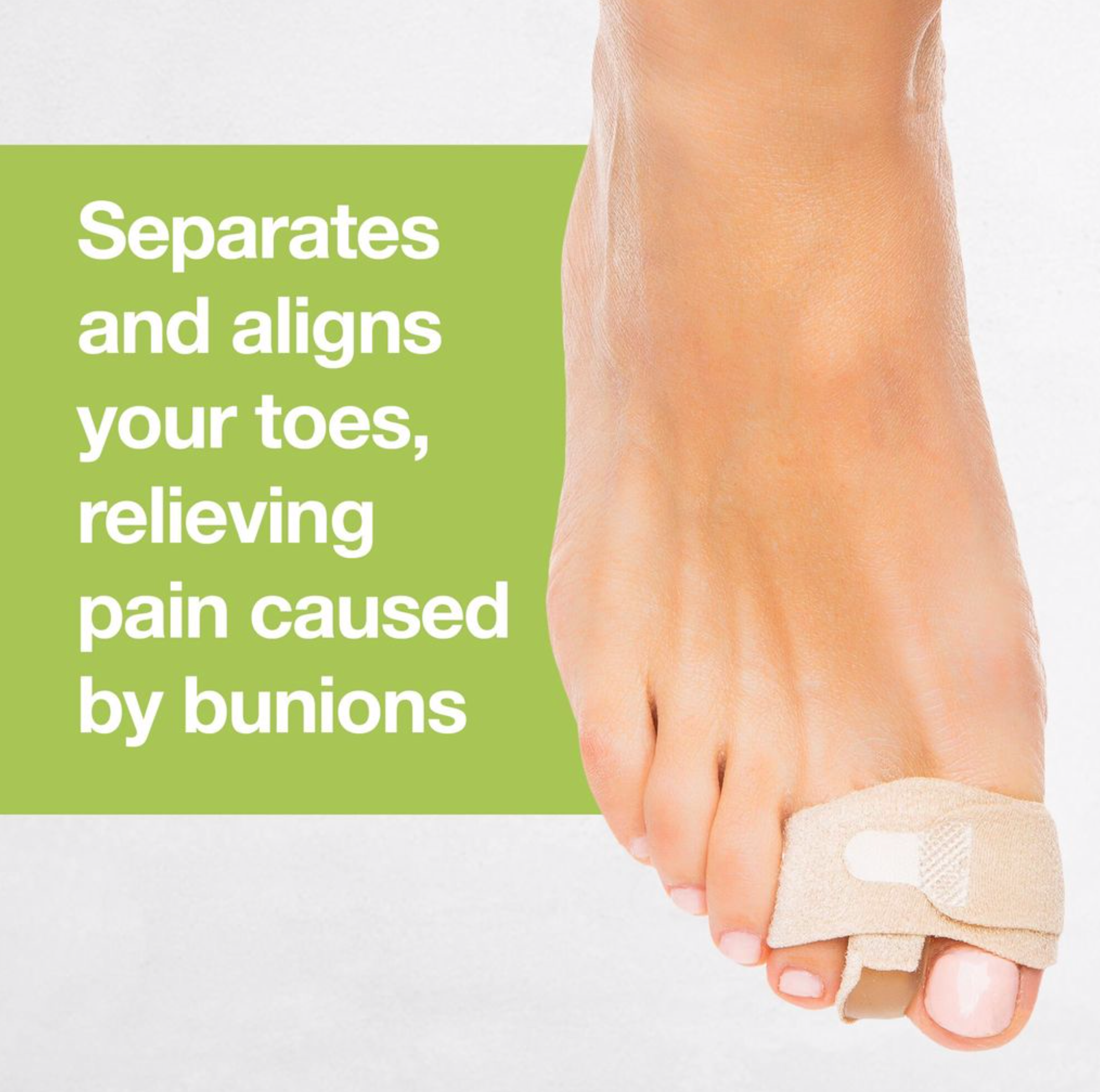Is one of your toes curved downward and causing you pain and discomfort? It could be due to a condition called hammer toe. Hammer toe is a condition where the middle joint of the toe bends up causing the tip of the toe to turn down creating a hammer-like shape. The condition is most common in the second, third, or even fourth toe and may even occur in several toes at the same time.
Ulcerations may occur on the top of the bent joint due to pressure and friction from shoes. Fortunately, there are several types of hammer toe splints that can help prevent and relieve the discomfort.
What a Hammer Toe Splint Does
There are certain things that a hammer toe splint can and cannot do. A hammer toe splint cannot fix broken bones. It isn’t meant to straighten a bone the way that some splints can, however, it can help with a hammer toe. This is because in the case of a hammer toe, the bone isn’t broken. Instead, the muscles that bend the involved joints have contracted causing a bend in the toe.
A hammer toe splint applies passive pressure to the muscles that bend your toe. This keeps the muscles from tightening the toes into a curled position making the condition worse. A hammer toe splint can also help prevent the worsening of a hammer toe. Much of the discomfort of a hammer toe is caused by a bunion. While a hammer toe splint cannot make the bunion go away, it can keep the bunion from making the hammer toe worse.
Types of Hammer Toe Splints
There are a variety of hammer toe splints available over the counter, but regardless of the type you choose, it is important to wear them with shoes that are well-fitting and have plenty of room in the toe box. Trying to fit them into tight fitting shoes could make a hammer toe worse. Types of hammer toe splints include the following:
- Toe Wraps – These are thin elastic bandage type straps that will bind the hammer toe to the one next to it. Toe wraps are minimally invasive and very effective for many people. They are typically washable and reusable.
- Toe Tubes – Our toe tubes are lined with a gel that helps soften and promote healing of toes that have been rubbing against one another. They are stretchy and designed to be cut for the perfect length and won’t slip off. While toe tubes don’t correct or treat the hammer toe, they can protect it from painful friction when wearing shoes.
- Toe Separators – These hammer toe splints are made of soft silicone to separate your toes and provide a noninvasive method to keep toes from rubbing and overlapping. They may separate only two toes, or multiple toes, have loops to go around toes to keep them in place, or have no loops. They work by gently realigning and straightening your toes which can help improve balance and stability. Our toe separators are recommended by podiatrists and surgeons and are made from a medical grade gel that is latex free and washable.
- Ball of Foot Cushions – The metatarsals are five big bones that attach your toes to your feet. When a person suffers from hammer toe, some of the pain is transferred to the metatarsals. Cushions made to protect the ball of the foot can provide extra support just below your toes for added comfort and relief from hammer toe pain. ZenToes offers a wide variety of options to cushion and relieve ball of foot pain.
- Hammer Toe Crests – This is a treatment that has a ring of material that goes around the hammer toe and is held in place by a soft silicone pad that sits underneath the toes. They also help reduce the pressure and rubbing caused by hammer toes and bunions by keeping the toes properly aligned when moving. Ours are light-weight and stretchy to provide comfortable relief at night or during the day.
When to Talk to Your Doctor
Hammer toes, bunions, and other foot conditions can be painful and disruptive to your life if left untreated. At ZenToes we believe that a lot of painful foot conditions can be relieved holistically and without surgery using the right products. However, if you try a hammer toe splint or other device and your foot pain doesn’t get better or gets worse, it may be time to see your doctor.


